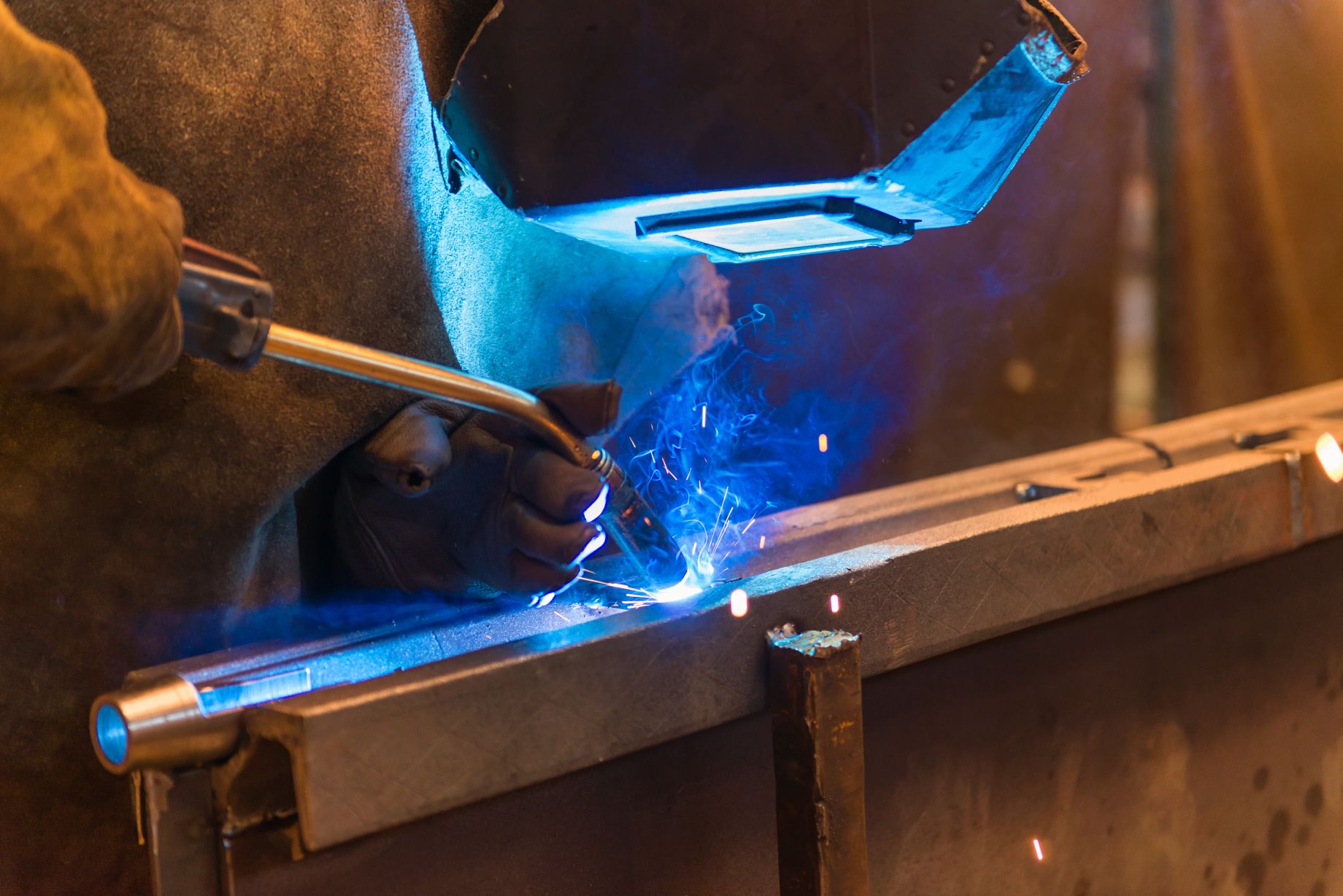Optimizing Your Welding WPS: Techniques for Improved Performance and Efficiency
Optimizing Your Welding WPS: Techniques for Improved Performance and Efficiency
Blog Article
The Ultimate Guide to Welding WPS Procedures: An Extensive Review for Welders
In the elaborate globe of welding, Welding Treatment Specifications (WPS) offer as the foundation of making certain top quality, uniformity, and safety and security in welding procedures (welding WPS). As we dive right into the various parts of a WPS and check out the ins and outs of qualification and certification, we will discover the essential role these treatments play in the world of welding.
Significance of WPS Procedures
Recognizing the value of Welding Procedure Specifications (WPS) procedures is vital for making certain the high quality and honesty of welded structures. WPS treatments function as a roadmap for welders, detailing the needed actions, parameters, and products required to accomplish a sound weld. By sticking to WPS guidelines, welders can ensure uniformity in their work, causing structurally audio and trusted welds.
Among the key reasons that WPS procedures are essential is their duty in preserving weld high quality and honesty. Adhering to the defined welding specifications and techniques detailed in the WPS assists prevent defects such as porosity, splitting, or insufficient fusion, which can compromise the toughness and toughness of the weld. Additionally, WPS treatments are crucial for ensuring compliance with market criteria and codes. By adhering to established WPS guidelines, welders can show that their job meets the required demands for safety and quality, supplying guarantee to clients, assessors, and governing bodies. Fundamentally, the relevance of WPS treatments can not be overemphasized, as they are basic to accomplishing consistent, top notch welds that fulfill industry requirements and specs.

Components of a WPS
A Welding Treatment Specification (WPS) typically consists of important components that detail the particular demands for implementing a weld, guaranteeing uniformity and top quality in the welding procedure. The vital parts of a WPS include important variables such as base steels, filler steels, preheat and interpass temperatures, welding procedures, shielding gases, welding settings, and post-weld warmth treatment demands.
Base metals refer to the materials being signed up with, while filler metals are made use of to fill the void between the base metals during welding. Preheat and interpass temperatures are important for managing the warmth input and protecting against concerns like cracking or distortion. The welding process details the certain strategy to be made use of, whether it's gas steel arc welding (GMAW), secured metal arc welding (SMAW), or an additional technique. Securing gases safeguard the weld pool from atmospheric contamination. Welding settings define the orientations in which welding can be done. Post-weld warmth treatment may be needed to eliminate tensions and enhance the weld's properties. A thorough understanding of these parts is essential for producing a detailed and effective WPS.

Credentials and Accreditation
Having actually established the vital elements of a Welding Treatment Specification (WPS), the focus currently changes towards the crucial aspects of qualification and qualification in welding methods.

Certification, on the various other hand, is the formal recognition of a welder's qualifications by a relevant qualification body or organization. Welding accreditations are commonly based upon the specific welding procedures, materials, and settings a welder is my explanation qualified to deal with. Holding a valid welding accreditation demonstrates that a welder fulfills market requirements and is qualified to execute welding tasks to the required specs.
Developing a WPS
To create a Welding Procedure Spec (WPS) that fulfills market criteria, mindful consideration of welding procedures, products, and operational parameters is necessary. The initial step in creating a WPS is to identify the welding procedure to be made use of, such as gas steel arc welding (GMAW) or shielded metal arc welding (SMAW)

Executing and Keeping Track Of WPS
Upon completing the thorough Welding Treatment Specification (WPS) that carefully details welding processes, materials, functional criteria, and top quality assurance actions, the focus moves to effectively implementing and keeping track of the well-known treatments. Execution includes ensuring that all welders included in the task are acquainted with the WPS and follow it carefully throughout the welding procedure. Effective implementation and surveillance of the WPS are critical for making sure the honesty, strength, and safety of the welded joints, inevitably adding to the overall success of the welding task.
Conclusion
To conclude, understanding and following Welding Procedure Requirements (WPS) is critical for welders to guarantee top quality, uniformity, and safety and security in their work. By knowing the elements of a WPS, getting appropriate credentials and accreditations, creating thorough treatments, and applying and checking them effectively, welders can boost their abilities and effectiveness in welding practices. Abiding by WPS procedures is necessary for creating top quality welds and meeting industry criteria.
In the detailed globe of welding, Welding Treatment Requirements (WPS) offer as the backbone of guaranteeing quality, uniformity, and safety and security in welding operations. The welding procedure details click here for more info the specific method to be made use of, whether it's gas metal arc welding (GMAW), secured metal arc welding (SMAW), or another technique.To create a Welding Procedure Spec (WPS) that fulfills industry criteria, careful consideration of welding procedures, materials, and functional parameters is important. The first step in developing a WPS is to determine the welding process to be made use of, such as gas steel arc welding (GMAW) or secured metal arc welding (SMAW)Upon wrapping up the extensive Welding Treatment Specification (WPS) that carefully details welding processes, materials, operational parameters, and quality assurance actions, the emphasis moves to properly carrying out and checking the established treatments.
Report this page